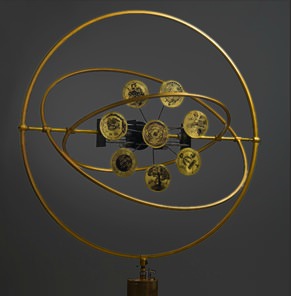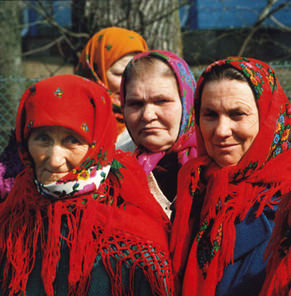Recent publications
Preservation of Records and Memory for Long-Term Storage Facilities. The Results of a French Study
- Details
- Category: Communications
- Published: Wednesday, 23 May 2012 12:00
SCHNEIDER T.
Due to the specific long lasting radioactivity of high level waste types, new issues may arise for radiation protection. In this perspective, technical, societal and organizational aspects have to be considered. For the two latter aspects, it is interesting to analyse the efficiency of protection systems available in other fields than nuclear waste management, in order either to
Oral presentation at the Workshop 'Expert Group on Preservation of Records, Knowledge and Memory across Generations',
NEA, Issy-les-Moulineaux, 11-13 October 2011.
Proceedings NEA/RWM/RKM(2012)1/PROV, 23 May 2012
Abstract
Due to the specific long lasting radioactivity of high level waste types, new issues may arise for radiation protection. In this perspective, technical, societal and organizational aspects have to be considered. For the two latter aspects, it is interesting to analyse the efficiency of protection systems available in other fields than nuclear waste management, in order either to protect society from specific risk or to preserve world heritage. Few years ago, CEPN together with MUTADIS have performed a specific study, commissioned by CEA (Commissariat à l'Energie Atomique), in order to analyse the characteristics of protection systems used to manage risks associated with the presence of past underground cavities and mines, as well as the mechanisms designed and implemented by UNESCO for the preservation of world heritage sites. This study has identified a set of performance criteria to deal with long-term protection. These results were notably discussed within the framework of the European project COWAM 2 in a working group involving experts, authorities, waste managers, locally elected representatives and NGOs.
This paper presents briefly the case studies performed on long-term protection as well as the key lessons related to the continuity and sustainability of the surveillance and control of radioactive waste facilities.
A1124
Download attached document

 CEPN is a non-profit organisation created in 1976 to establish a research and development centre in the fields of optimisation of radiological protection and comparison of health and environmental risks associated with energy systems.
CEPN is a non-profit organisation created in 1976 to establish a research and development centre in the fields of optimisation of radiological protection and comparison of health and environmental risks associated with energy systems.

